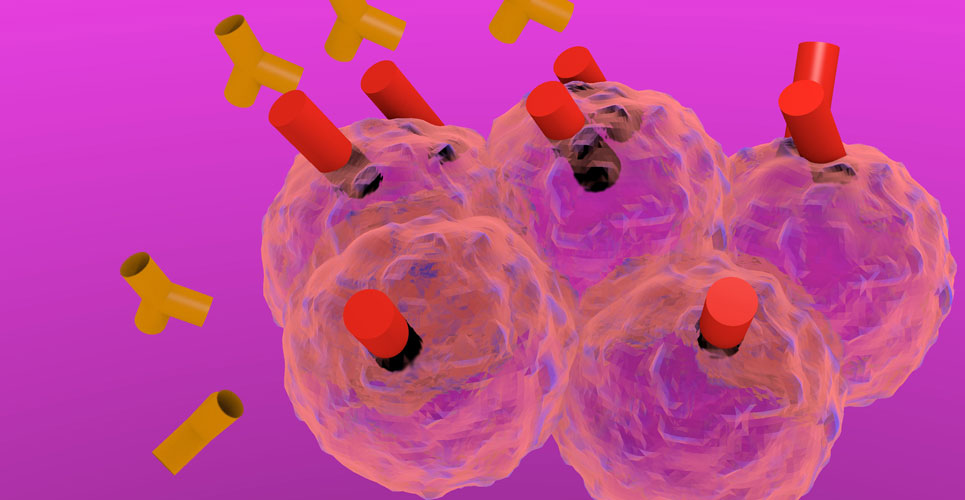Interim results show that the anti-spike neutralising monoclonal antibody (mAb), bamlanivimab, reduces viral load in patients with mild to moderate COVID-19. Whether the addition of a second neutralising antibody could reduce this further is unclear.
The blocking viral attachment and cell entry with SARS-CoV-2 neutralising antibodies (BLAZE-1) trial examined the use of the anti-spike neutralising mAb, bamlanivimab, derived from patients in the US who recovered from COVID-19. The study found that bamlanivimab was able to reduce viral load in those with early onset COVID-19. A second anti-spike neutralising mAb, etesevimab, isolated from Chinese patients who recovered from COVID-19, was found to bind to a different epitope but able to neutralise COVID-19 variants that possessed mutations in the epitope bound by bamlanivimab.
As a result, researchers from the Baylor University Medical Centre, Dallas, Texas in the US, decided to conduct a randomised trial to examine the relative effectiveness of mono-therapy with bamlanivimab versus a combination of bamlanivimab and etesevimab, at reducing the viral load. The Phase II-III randomised, double-blind, placebo-controlled trial (which is ongoing), includes adult patients (18 years and over) with recently diagnosed mild or moderate COVID-19, who presented to outpatient clinics within three days of their first positive COVID-19 test result. The definition of mild to moderate included symptoms such as fever, cough, sore throat, malaise, headache, muscle pain, gastrointestinal symptoms and shortness of breath with exertion. All patients were then randomised to receive one of three doses of bamlanivimab (700mg, 2800mg or 7000mg), bamlanivimab 2800mg and 2800mg etesevimab, or placebo. The primary endpoint for the trial was a change in COVID-19 log viral load at day 11 (+/- 4 days) which was determined by PCR testing of samples obtained from a nasopharyngeal swab.
Findings
A total of 577 patients with a mean age of 44.7 years (54.6% female) were randomised but only 533 completed the trial. The change in viral load from baseline to day 11 was -3.72 (700mg), -4.08 (2800mg), -3.49 (7000mg), -4.37 (combination therapy) and -3.80 (placebo). Compared with the placebo group, none of these reductions were significantly different for any mono-therapy doses of bamlanivimab. However, the change was statistically significant for the combination therapy (-0.57, 95% CI -1.0 to -0.14, p = 0.01). In addition, the proportion of patients requiring hospitalisation or emergency care visits for COVID-19 was 5.8% for the placebo group compared with 0.9% for the combination group and this event rate difference (-4.9%) was also significant.
The authors concluded that combination, as opposed to monotherapy with bamlanivimab, led to a significant reduction in both viral load and called for more work to assess the clinical benefit of anti-spike neutralising antibodies as a primary endpoint.
Citation
Gottlieb RL et al. Effect of bamlanivimab as mono-therapy or in combination with etesevimab on viral load in patients with mild to moderate COVID-19. A randomised clinical trial. JAMA 2021 https://jamanetwork.com/journals/jama/fullarticle/2775647

